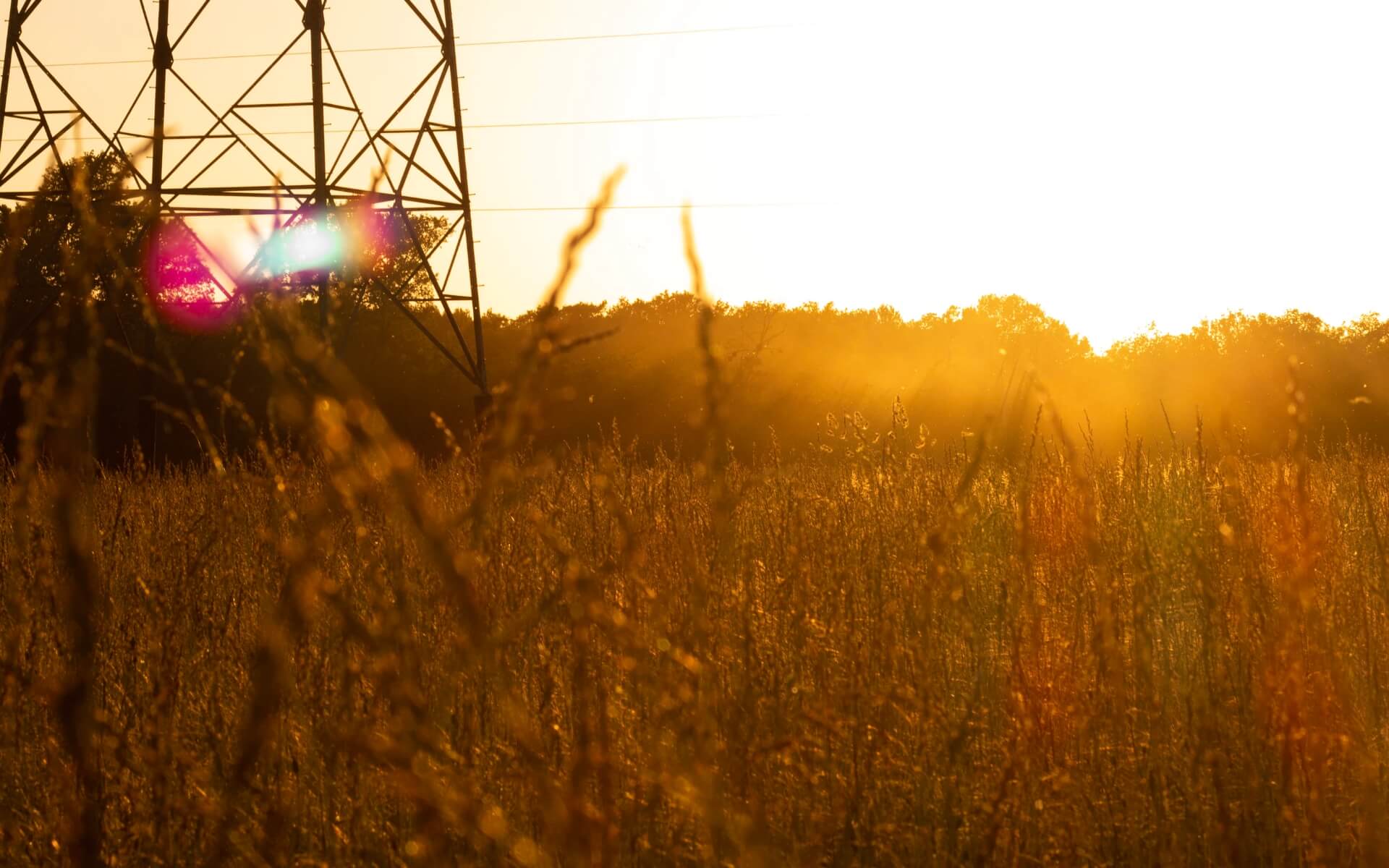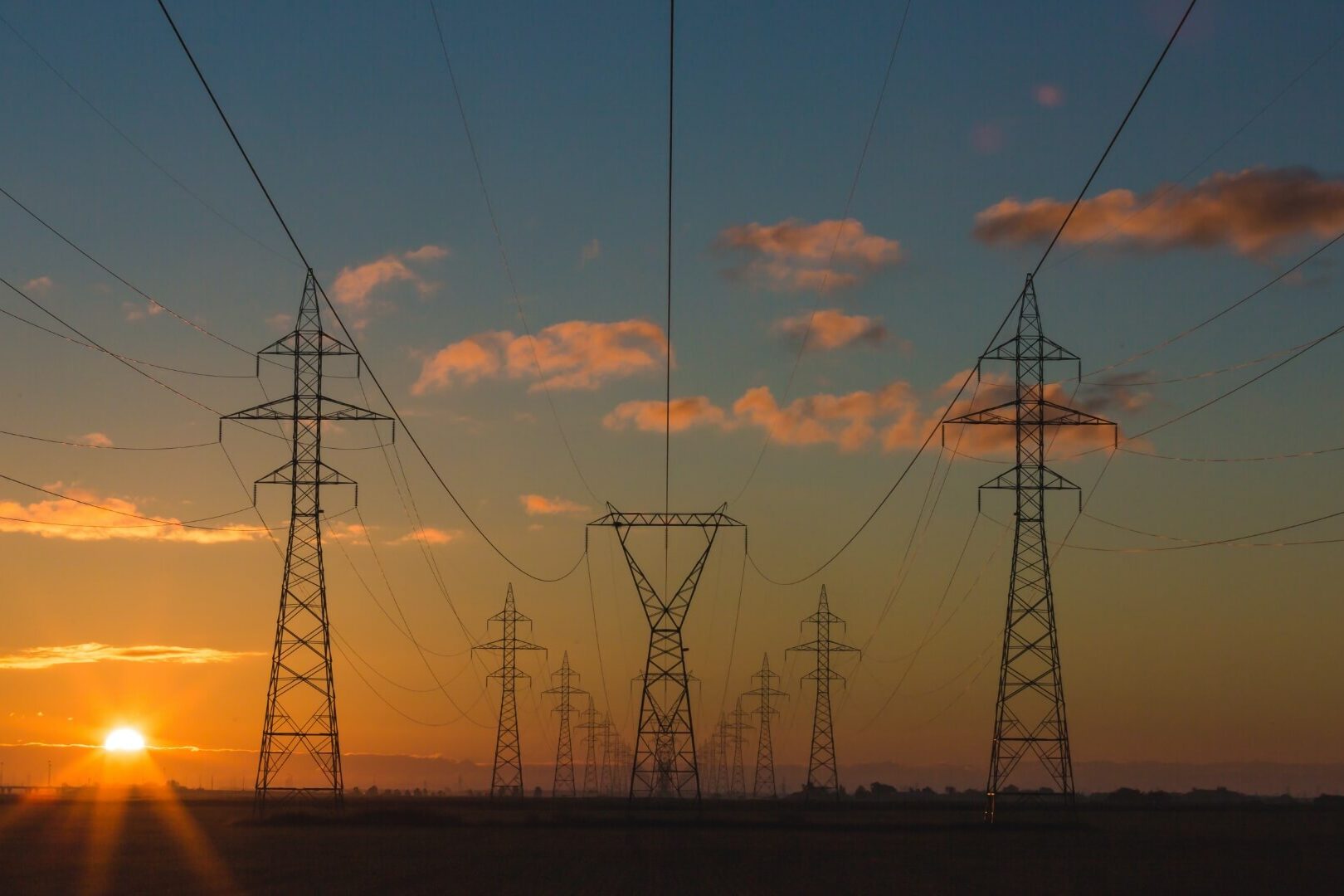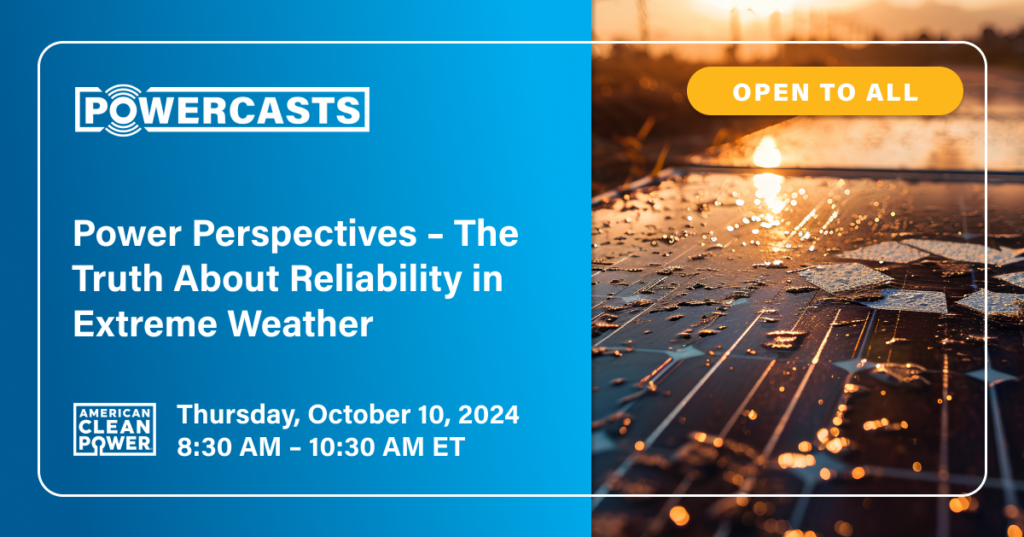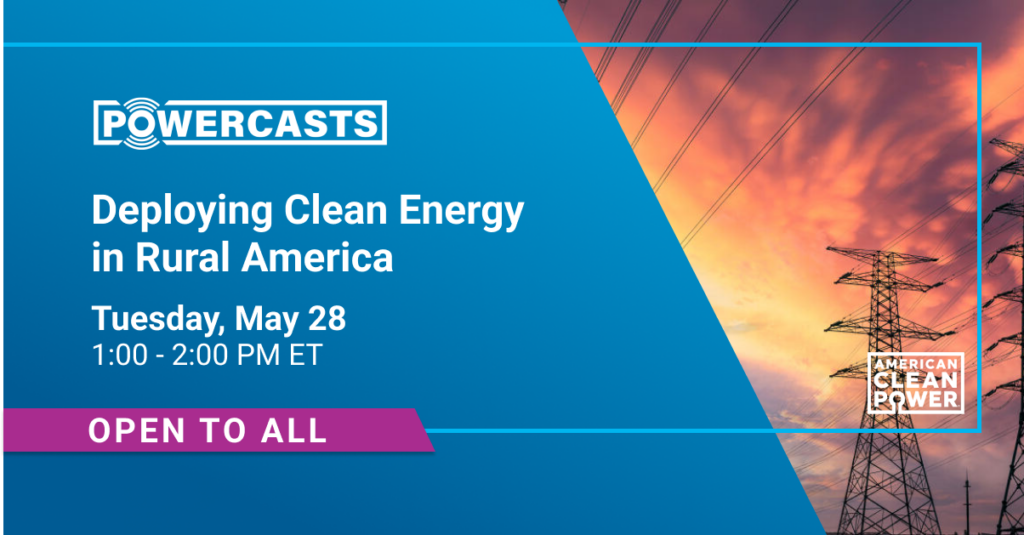American Clean Power
Clean energy transmission facts
Electricity is the lifeblood of the American economy. The ability to move electricity from where it’s generated to where it’s consumed is essential to everything we do. However, our electric grid is aging and needs sustained investment to ensure reliable, affordable power for families and businesses.
Why invest in transmission?

Lower costs for consumers
Rising electricity prices are driven by extreme weather and growing demand from power-hungry data centers. These factors are compounded by inflation and supply chain issues. Increased transmission gives consumers access to more affordable sources of electricity by connecting them to a wider range of power generation options.

Building a more reliable, resilient system
Just as multiple roads ensure the efficient delivery of goods and services, a well-connected grid with robust transmission ensures American families and businesses can always access the power they need. Investing in transmission infrastructure helps handle the unexpected—from natural disasters to national security threats.

Creating a cleaner electric grid
Today, our nation’s inadequate transmission capabilities prevent us from fully harnessing large quantities of low-cost American wind, solar, and other clean energy resources. We need to invest in transmission to fully realize America’s clean energy potential
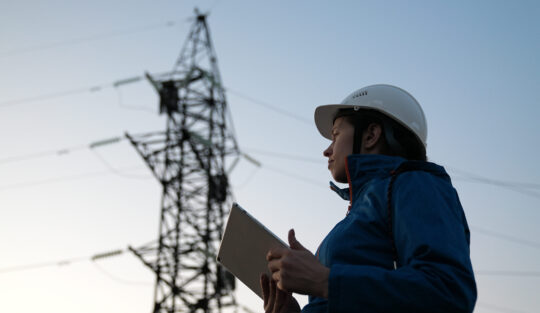
Strengthening the U.S. economy
Connecting our world-class, low-cost clean energy resources to the electric grid will save consumers and businesses money while creating good jobs and driving investment in rural communities.
Why we need to invest in expanding transmission
Is transmission expansion only needed if we want to get more of our energy from clean sources?
No. America’s electric grid has grown outdated and is in severe need of modernization. In fact, the American Society of Civil Engineers recently gave our power grid infrastructure a D+ and 70% of U.S. transmission lines are over 25 years old. Many transmission lines are over 100 years old, meaning we’re charging our smartphones and laptops using technology that was built when some parts of the country were still relying on candles to light their homes. In reality, while expanding transmission is vital for growing clean energy, it will also make our entire power system more affordable, reliable, and resilient.
Is it easy to build new transmission lines?
Unfortunately, it can take 10 years or more to build new transmission lines. Inefficiencies in the permitting and planning processes for new transmission lines can make bringing a project to completion an unnecessarily lengthy process. That delays consumers from realizing the many benefits transmission can bring to the electric grid, our economy, and the environment. You can learn more about bipartisan, common sense reforms that would make building transmission lines easier on our transmission policy page.
Is it expensive to build new transmission lines?
While there are upfront costs, dozens of studies from across the country show that transmission line investments pay for themselves many times over, and real-world examples bear this out. SPP, the grid manager for parts of 14 states, found transmission upgrades it installed between 2012 and 2014 created over $16 billion in gross savings—3.5 times greater than their cost. MISO, which manages the grid across parts of 15 states, found recent transmission investments will provide $12 to $53 billion in net benefits over the next 20 to 40 years, or between $250 and $1,000 for each person MISO currently serves. The benefits are 2.2 to 3.4 times greater than the cost of the transmission. Transmission expansion also alleviates power line congestion, which creates inefficiencies that cost consumers approximately $6 billion a year.
